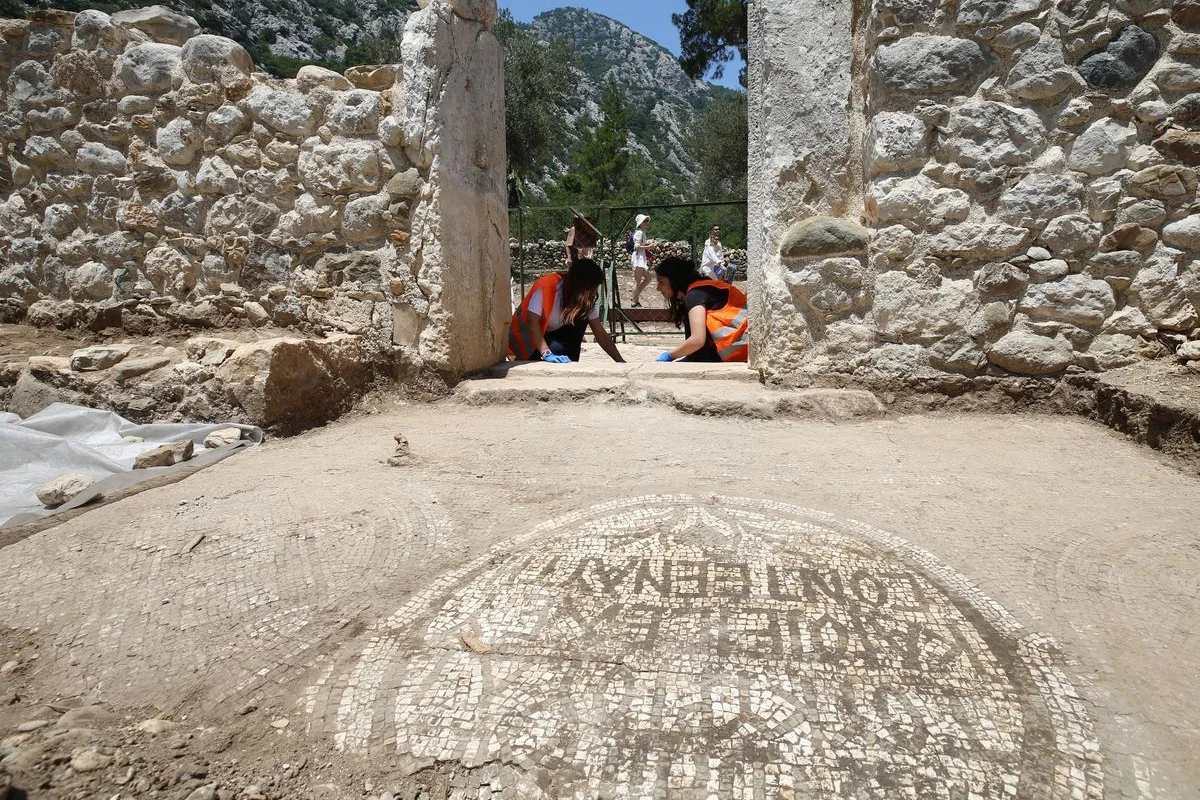The Sex Life of Cleopatra: Separating Myth from Reality
Cleopatra VII Philopator, the last active ruler of the Ptolemaic Kingdom of Egypt, has long been enshrouded in mystery, intrigue, and controversy. Of all the facets of her life, her sex life has perhaps been the most sensationalized. Ancient Roman propaganda, Hollywood dramatizations, and modern interpretations have perpetuated the image of Cleopatra as a seductive temptress who used her sexuality as a political weapon. However, the truth is far more nuanced, rooted in cultural, political, and historical contexts.
Cleopatra: A Strategic Leader
Cleopatra ruled Egypt during a time of immense political turmoil. The Ptolemaic dynasty, established by Alexander the Great's general Ptolemy I, was under constant threat from the expanding Roman Republic. As a monarch, Cleopatra was highly intelligent, fluent in multiple languages, and deeply knowledgeable in diplomacy and statecraft.
Her relationships with powerful Roman leaders, Julius Caesar and Mark Antony, were likely driven by political necessity rather than mere passion. By aligning herself with these influential figures, Cleopatra sought to secure Egypt’s independence and her own reign.
Cleopatra and Julius Caesar
Cleopatra's relationship with Julius Caesar is one of the most famous chapters of her life. In 48 BCE, Cleopatra sought Caesar's support in her struggle against her brother, Ptolemy XIII, for control of Egypt. According to historical accounts, Cleopatra had herself smuggled into Caesar's quarters, wrapped in a carpet or bedding. This dramatic gesture symbolized her willingness to form a close alliance with the Roman general.
Their relationship resulted in the birth of a son, Ptolemy XV Caesar, known as Caesarion. While their bond had personal elements, it was also deeply political. By aligning with Caesar, Cleopatra secured her position as ruler of Egypt and established a connection to the most powerful man in Rome.
Cleopatra and Mark Antony
After Caesar's assassination in 44 BCE, Cleopatra aligned herself with Mark Antony, another Roman leader who was part of the Second Triumvirate. Their relationship, much like her connection with Caesar, was a strategic move. Together, they sought to challenge the growing power of Octavian (later Augustus), Caesar's heir and Antony's rival.
Cleopatra and Antony’s relationship was marked by passion and partnership. They had three children together: Alexander Helios, Cleopatra Selene II, and Ptolemy Philadelphus. Antony granted Cleopatra and her children vast territories, strengthening her position in the region.
However, their alliance ultimately led to their downfall. Octavian's propaganda painted Cleopatra as a manipulative seductress who had bewitched Antony. This portrayal fueled Roman support for Octavian, culminating in the Battle of Actium in 31 BCE. Defeated, Antony and Cleopatra both committed suicide, bringing an end to Ptolemaic rule and marking Egypt’s annexation by Rome.
Roman Propaganda and Cleopatra's Image
Much of what we "know" about Cleopatra's sex life comes from Roman sources, such as Plutarch, Cassius Dio, and Suetonius. These accounts were written by men who viewed Cleopatra through a lens of cultural superiority and political hostility. To Romans, Cleopatra symbolized the "other"—a foreign queen who threatened their ideals of power and morality.
Roman propaganda depicted Cleopatra as a promiscuous and cunning seductress who used her beauty to manipulate powerful men. This image served to undermine her political achievements and justify Roman dominance over Egypt. However, these depictions are biased and fail to account for Cleopatra’s strategic brilliance and cultural context.
Sexuality in Ancient Egypt
To understand Cleopatra’s personal life, it’s essential to consider the cultural norms of ancient Egypt. Unlike the Romans, who often viewed sexuality through a moralistic lens, Egyptians considered it a natural and integral part of life. Fertility, procreation, and sexual expression were celebrated in religious rituals, art, and mythology.
Cleopatra’s relationships, therefore, would not have been viewed as scandalous by her own people. Her unions with Caesar and Antony were likely seen as pragmatic alliances rather than immoral liaisons.
Cleopatra: A Feminine Power Icon
Cleopatra’s story has often been reduced to her sex life, overshadowing her accomplishments as a ruler. She revitalized Egypt’s economy, established strong political alliances, and maintained her country’s independence for decades in the face of Roman expansion.
Her relationships with Caesar and Antony were tools of statecraft, reflecting her ability to navigate a male-dominated world with intelligence and charm. Cleopatra’s true legacy lies in her leadership and resilience, not the myths surrounding her personal life.
Myth vs. Reality
Cleopatra’s sex life has been a subject of fascination for centuries, but much of it is rooted in exaggeration and propaganda. By focusing solely on her relationships, history risks diminishing the achievements of one of the most remarkable women of the ancient world.
Cleopatra was not merely a seductress; she was a shrewd politician, a capable leader, and a symbol of resistance against imperial domination. To truly understand her, we must look beyond the myths and appreciate the complexity of her character and the challenges she faced in her time.
Author’s Note:
As we explore the life of Cleopatra, let’s challenge the narratives shaped by biased sources and celebrate her as a multifaceted leader. Her story reminds us that history is often written by the victors, and it’s up to us to seek the truth.







